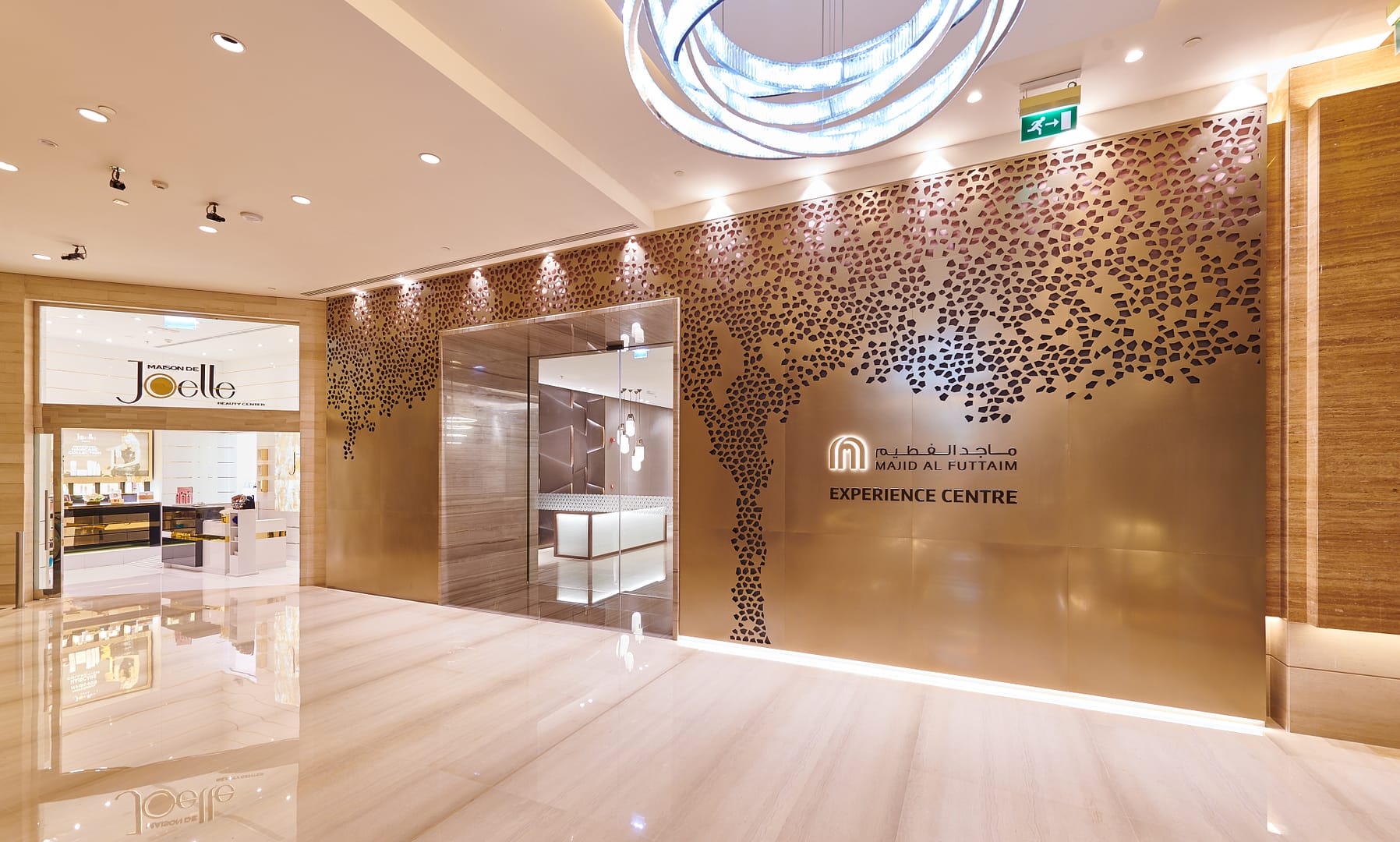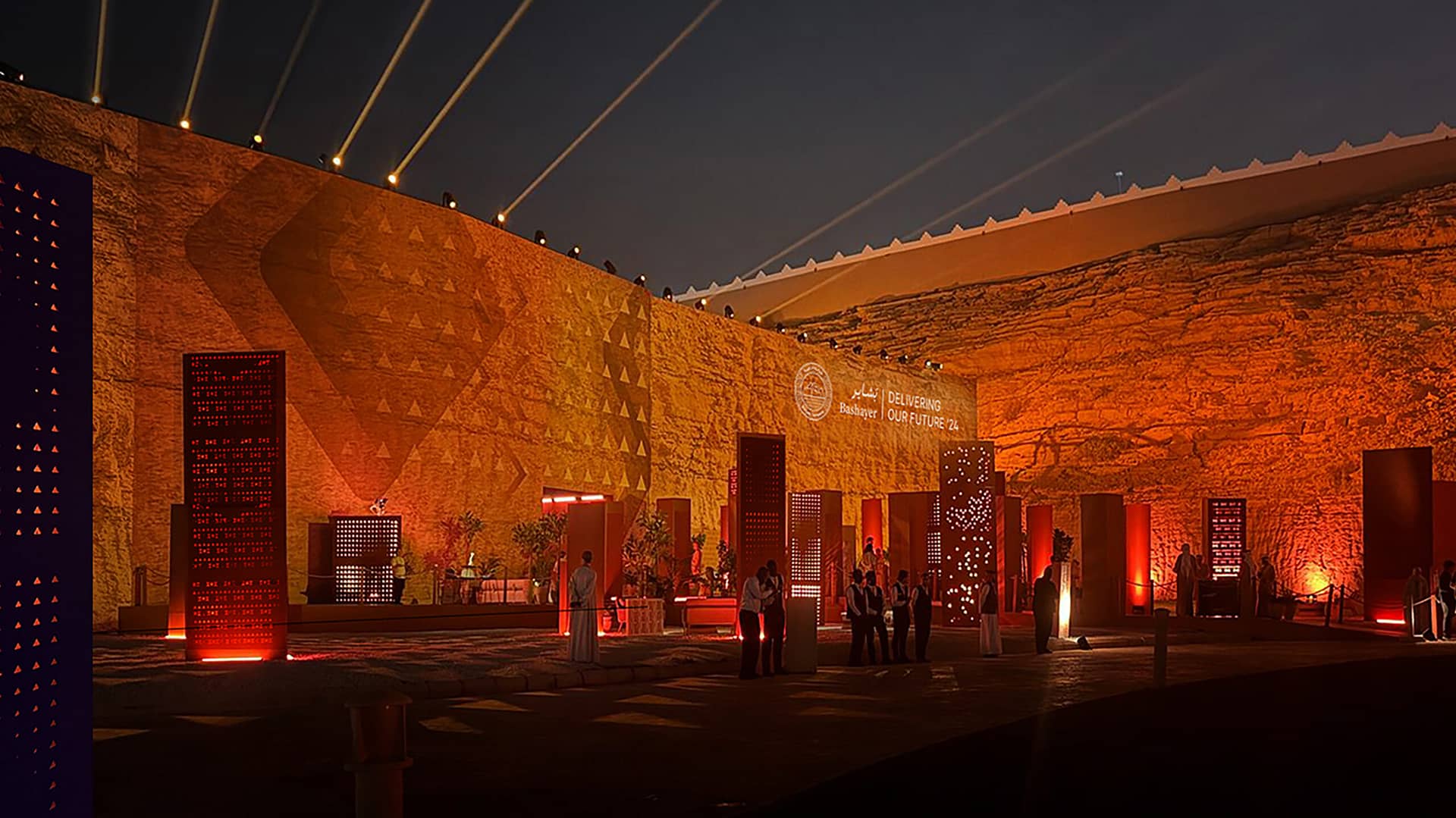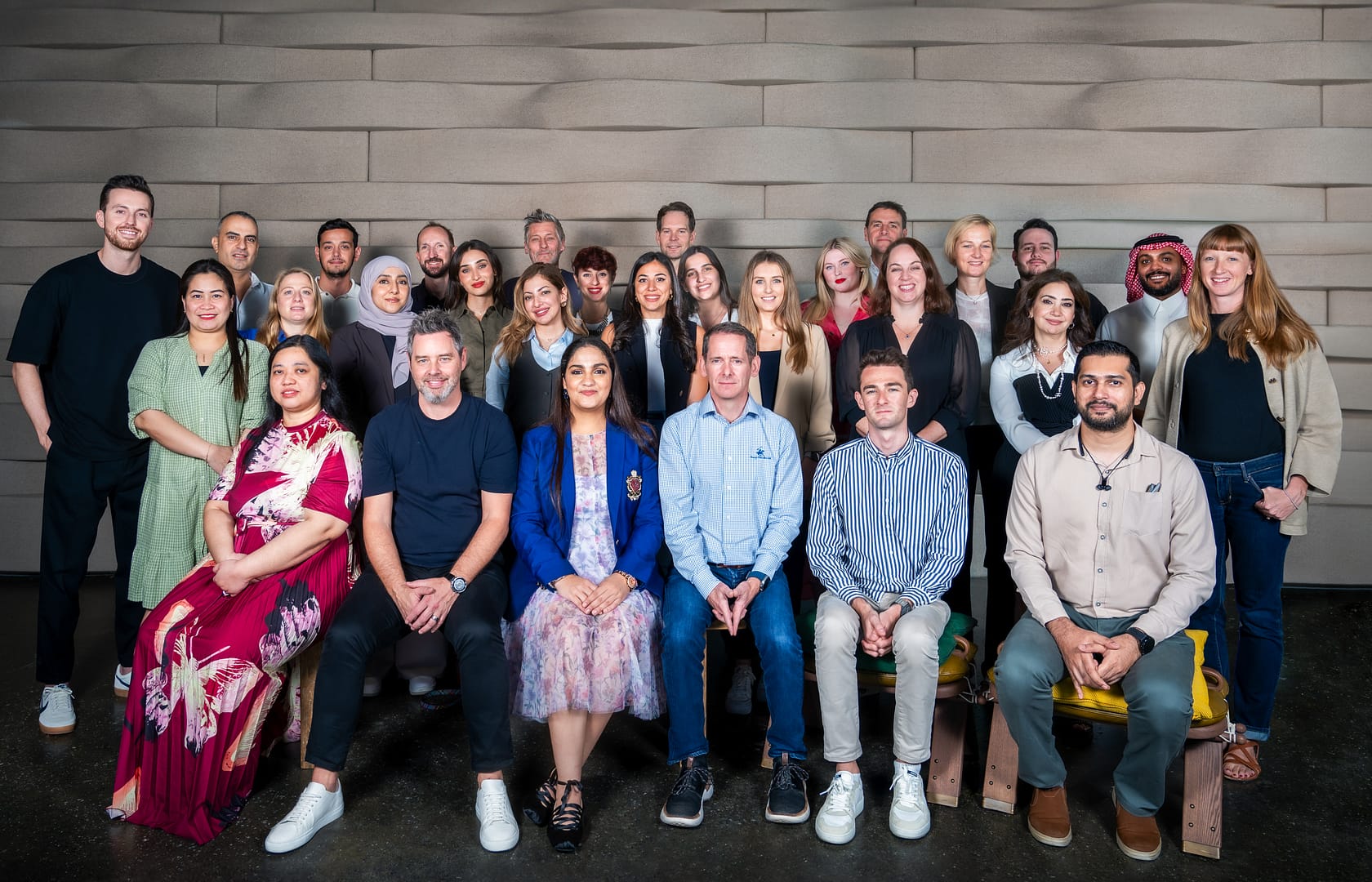
Experience centres have become a key business tool designed to gather target audiences together to immerse them in a brand, organisation, product or service.
However, the term ‘experience centre’ itself is generic and actually represents a multitude of typologies, all aiming at fulfilling the specific needs of different business and brand-building objectives through the power of experiences.
B2C or B2B?
- Is this an open-to-all consumer audience experience which aims to increase brand engagement, brand advocacy, first-party data and sales? These experience centres are often called Brand Homes, given their focus.
- Or is this a curated experience for invited business audiences which aims to increase loyalty, cross-sell and upsell new products and services, improve employee performance and so forth?
What’s the physical and built approach?
- Is the centre a strategic asset involving a permanent ‘bricks and mortar’ building and multiple spaces?
- A dedicated space within an existing permanent building, such as a Production Facility, Public Building or Retail complex.
- A semi-permanent structure offering some longevity, with reduced CapEx.
- Or perhaps a short to medium-term, extensive pop-up with a limited timespan.


Home or Away?
- Is this the ‘home’ experience centre in the original market of the organisation, representing the apex of its product and service offers?
- Or is this a ‘satellite’ centre which is scaled and localised to leverage opportunities from strategic markets, ‘away from home’?
Standalone or part of a wider ecosystem?
- Is the centre standalone or does it integrate additional core experiences to enhance KPIs, such as hotels, retail and sports activities, such as race tracks?
- Is this a powerful physical embodiment of the brand, which can only be experienced in person, a truly sensory and human experience?
- Or is this a hybrid space designed to offer a physical hub which is virtually enabled for extended audience engagement, way beyond the local, physical location?


These layers each have their merits, yet the right mix will all depend on the specific objectives of the organisation. This needs to be defined with a robust strategic phase of planning so that the right solution is designed, alongside bold forward thinking to ensure the experience centre is as ‘future proof’ as feasible.
There is also a big difference between sectors. For Food & Beverage, Experience Centres such as Cadbury’s World in the UK or the World Of Coca-Cola in the US feature tasting, production tours, merchandise and memorabilia. Whereas for Cars, examples such as Mercedes-Benz World in the UK feature Product demos, driving experiences and corporate activity spaces. The features of different sectors, products and services create a huge spectrum of touchpoints to explore.
In the Middle East, there is a highly dynamic landscape of real estate destination development, leisure and cultural destinations, and an accelerated evolution of tech solutions around mobility, telecommunications, entertainment and so forth.
This is leading to exciting new trends and concepts for what experience centres can deliver.
1. Real Estate Developments: from Sales Centres to Lifestyle Hubs
Experience Centres in the Real Estate sector tend to consist of a sales centre and showroom, which is typical worldwide. However, the sheer pace of the real estate market is dizzying in the region, with a raft of exciting mixed-use developments across the UAE, Saudi Arabia and other large markets such as Egypt.
As a result, Experience Centres have evolved to become ‘Lifestyle Hubs’ which blend layers of experience relevant to the mixed-use development concept. This may include gardens and nature walks, members’ clubs, wellness centres or themed sporting activities.
There is still a clear need for a sales centre, an attractive master plan model and of course, great customer relationship building through professional sales teams.
But the impact of these ‘brilliant basics’ is increased when blended with the lifestyle layers, leading to increased dwell time, higher engagement and a wider pool of customers whose interest is piqued by an innovative, creative approach.


2. Business Technology: from Showcases to Intelligent Spaces
Focusing on business customer centres (as opposed to consumer product tech-retail), there is a huge mix of brands in this space, including Telecommunications, Financial Services and Security.
What they tended to have in common is taking a ‘showcase’ approach to experience centres whereby they rely on fixed displays and demos of their products and services, supported by an able and informed host team, that in the best experiences are also passionate storytellers who captivate audiences.
However, increasing competition for loyal customers, large, stable contracts and quality of staff education has led to the development of ‘Intelligent Spaces’ in which the entire customer experience is connected through a digital layer that is activated across the space.
This has the benefit of providing a seamless, personalised experience for guests as they can easily access key content or information. For the brand, they have a richer, specific profile for the individual or group visitor level, and this is then fully integrated with the CRM systems, meaning increased rates for upselling, cross-selling and loyalty.
Some centres, such as the PWC Dubai Experience Centre or General Electric’s Innovation Centre in Dubai, are pushing this even further and developing enhanced collaboration spaces and activations to prototype, test and learn from real-time feedback from their business customers.
3. GIGA Projects: from Experience Centre to Micro-Worlds
Perhaps the most exciting development resides in Saudi Arabia, where a wide range of game-changing GIGA projects is transforming the landscape, as part of the Nation’s 2030 Vision. They need to serve both consumer and business audiences, but they also need to engage local communities, government institutions and media.
These GIGA projects have two important factors in play: one is their scale and ambition, and the second is that they are happening over a series of phases. Therefore, the demands of what an Experience Centre needs to achieve are being pushed to new heights – they are becoming ‘micro-worlds’ where you can fully immerse yourself in the future designs for architecture, living, working and playing in a single experience that audiences can quickly understand and buy into. The experiences created by NEOM are a good reference point, and further developments for this and other GIGA projects are underway.
These ‘micro-worlds’ tap into the lifestyle hub and intelligent spaces concepts covered earlier but with an even more intense mix of sensory installations, active activations and a sophisticated, multi-layered guest experience that can cater to large volumes of the general public, curated groups of investors and VVIPs looking for the pinnacle of a hosted experience.
Overall, it’s clear that the innovative, ambitious Middle East region is setting new standards for how the power of experiences can transform business and brand impact, through these exciting new spaces offering lifestyle hubs, intelligent spaces and even micro-worlds.



